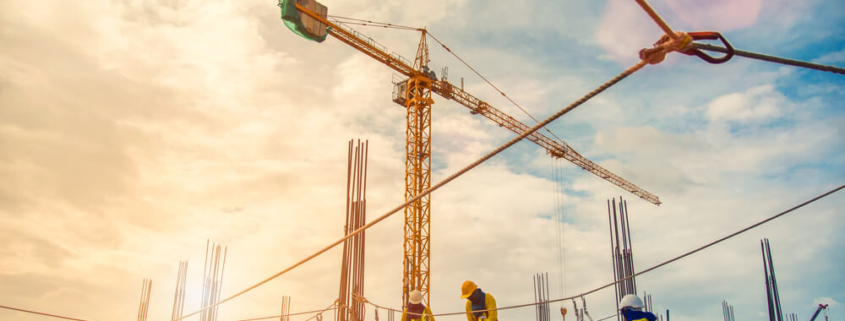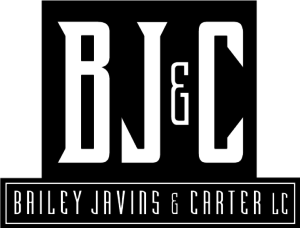Liability for Crane Accidents on a Construction Site
Construction is rated every year among the most dangerous occupations in the US. This year, construction-related trades occupy three of the top 10 spots on the list. There are a lot of potential hazards on a construction site, and even when all of the required safety protocols are followed, many things can still go wrong.
One of the primary reasons that construction work is so hazardous is because of the heavy equipment and machinery that is commonly used on the job site. And one of the most dangerous pieces of equipment is the crane. Cranes are used to lift and lower heavy materials, and they are an integral piece of machinery that is employed in nearly every major construction project.
Each year, dozens of crane-related deaths occur on construction job sites, and hundreds more workers suffer severe and debilitating injuries due to crane accidents. Workers who operate cranes and work nearby them can end up injured because of the impact of being hit by the crane’s boom, falling a significant distance after being struck, and similar types of accidents.
Some of the most common crane accident injuries that occur on construction sites include:
- Concussions and more serious types of traumatic brain injuries (TBI).
- Fractures/broken bones.
- Neck and back injuries.
- Spinal cord injuries/paralysis.
- Severe scarring and disfigurement.
- Crush injuries.
- Amputations/loss of limbs.
- Electrical injuries.
- Wrongful death.
What Causes Crane Accidents on Construction Sites?
Cranes are massive pieces of equipment that must be maintained, installed, and operated properly at all times. Here are some of the reasons why crane accidents may occur:
- Mechanical failures due to faulty or poorly maintained equipment or parts.
- Boom collapses.
- Collisions with power lines.
- Overloading the crane or filling it with materials that are too heavy.
- Failure to sufficiently secure the crane and prevent it from toppling.
- Failure to secure or remove the crane during high winds.
- Failure to secure the chains and the ropes so they do not swing loose.
- Installing the crane on uneven ground and/or failure to properly level it.
- Other forms of operator negligence.
Who is Responsible for a Crane Accident on a Construction Site?
When a crane accident occurs, it is usually due to negligence during the installation process or negligent operation of the machine. The company that supplies the crane has a responsibility to minimize the risks involved by regularly inspecting and maintaining the machine to ensure that it is good working condition, ensuring that it is properly installed at the construction site, and adequately training crane operators to follow government regulations and best safety practices.
Unfortunately, some crane suppliers fail in their duty to ensure safe operations. For example, in an effort to complete jobs more quickly so they can turn their equipment around and lease it out to more customers, they may cut corners during the crane installation process, and they might use inexperienced operators who are not as well versed as they should be on how to safely use the machine.
When a construction worker suffers an injury on the job site, they will usually look first to their employer’s workers’ compensation policy to get their medical bills and lost wages reimbursed. But in the case of a crane accident, there is a good chance that the worker can file a personal injury lawsuit against a party other than their employer.
For example, if the accident turns out to be caused by negligence on the part of the crane supplier or one of their operators, then the injured worker can file a claim against that supplier (as long as they are not employed by them). This would allow the worker to recover damages for intangible losses such as pain-and-suffering, psychological trauma, and loss of enjoyment.
There may also be cases in which a product manufacturer is at fault for the crane accident. For example, if there is a faulty design in the machine that causes it to tip over, then those who are injured may be able to file a product liability claim against the designer. Or if the accident is caused by a defective part that results in the machinery malfunctioning, then they might be able to file a claim against the part manufacturer or distributor.
Every case is different, and there are always unique circumstances and factors that contribute to a construction site accident. For this reason, an extensive investigation would be necessary to determine the cause of the crane accident and which party (or parties) could be held liable.
With a case like this, be sure to work with attorneys who have in-depth experience successfully pursuing workplace accident personal injury claims. These types of claims tend to be far more complicated than something like a standard auto accident, and you need attorneys in your corner who understand the complexities and nuances that they are likely to encounter, and who know what to look for in order to ensure that those who are responsible are held fully accountable.
Contact an Experienced West Virginia Construction Site Accident Attorney
If you or someone close to you got hurt in a crane accident or suffered any other type of injury on a construction site in West Virginia, Bailey, Javins, and Carter L.C. is here to help. Message us online or call our office today at (800) 497-0234 or (800) 296-6979 for a free consultation and case assessment with a member of our legal team.




